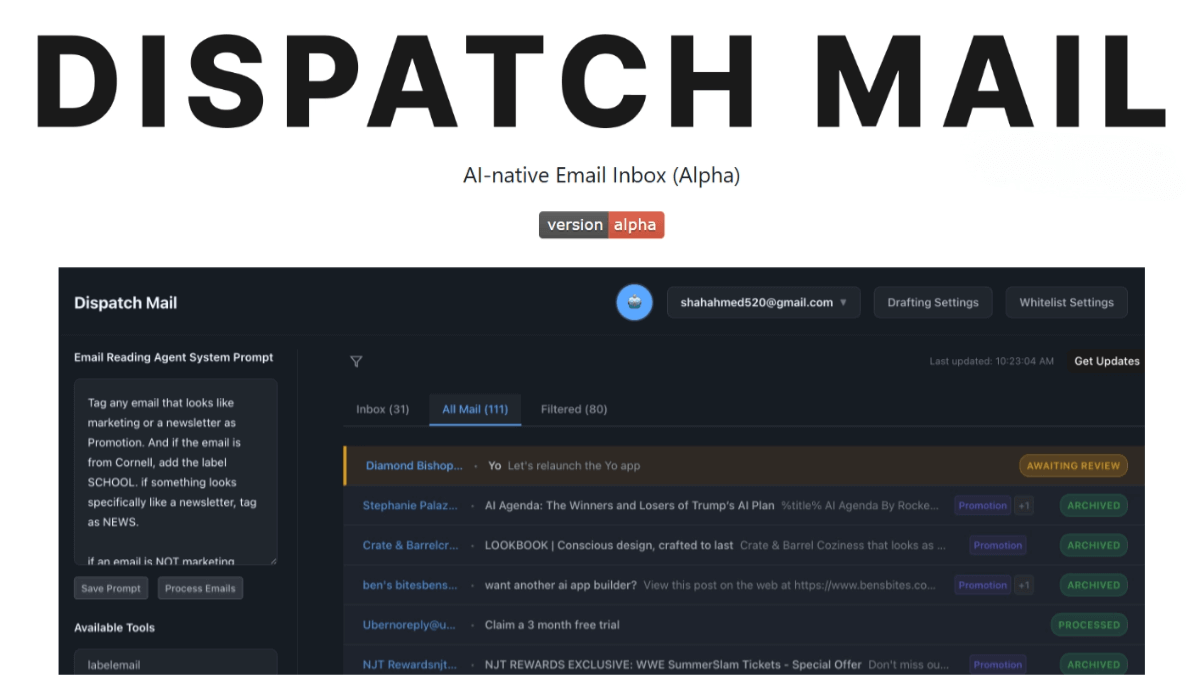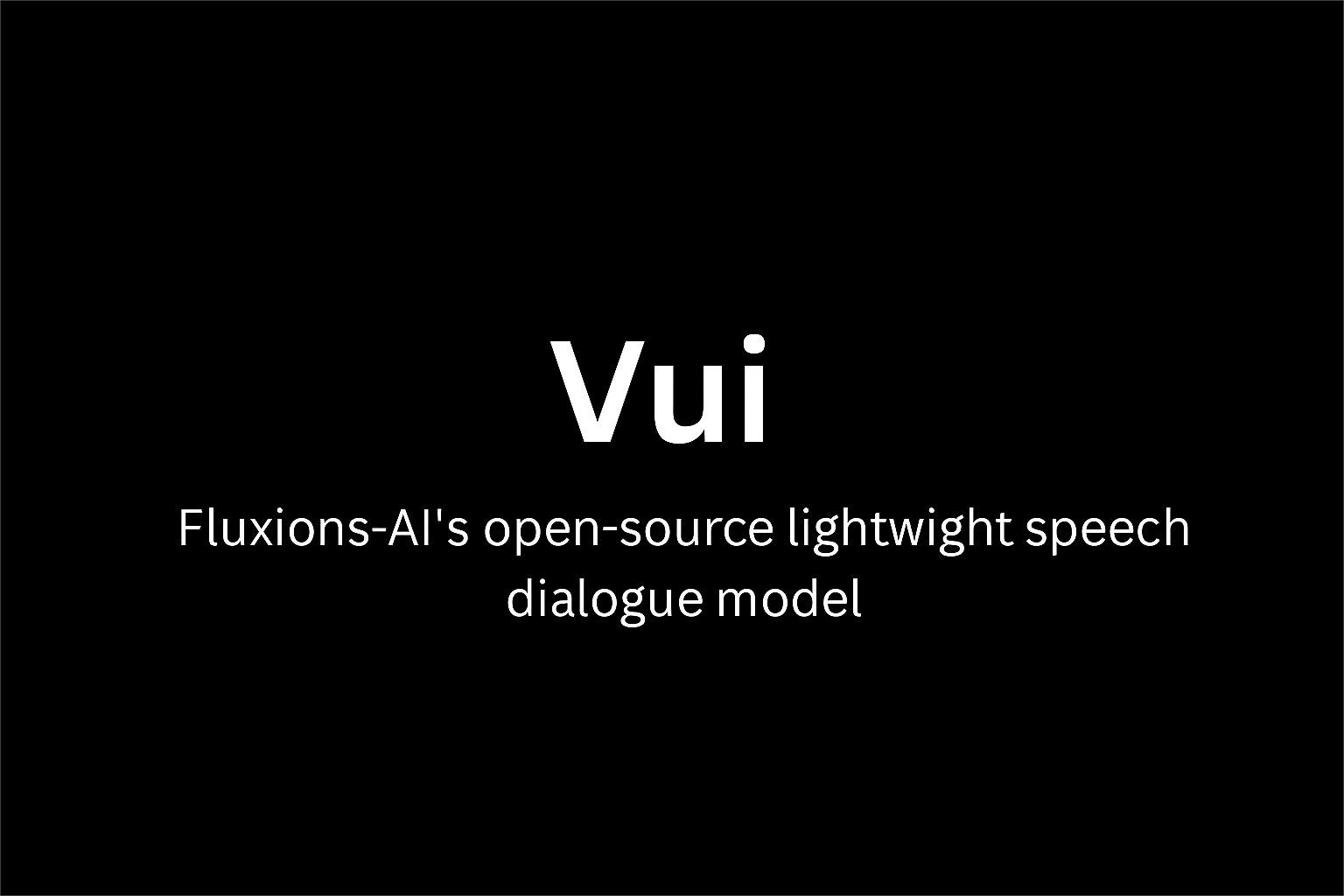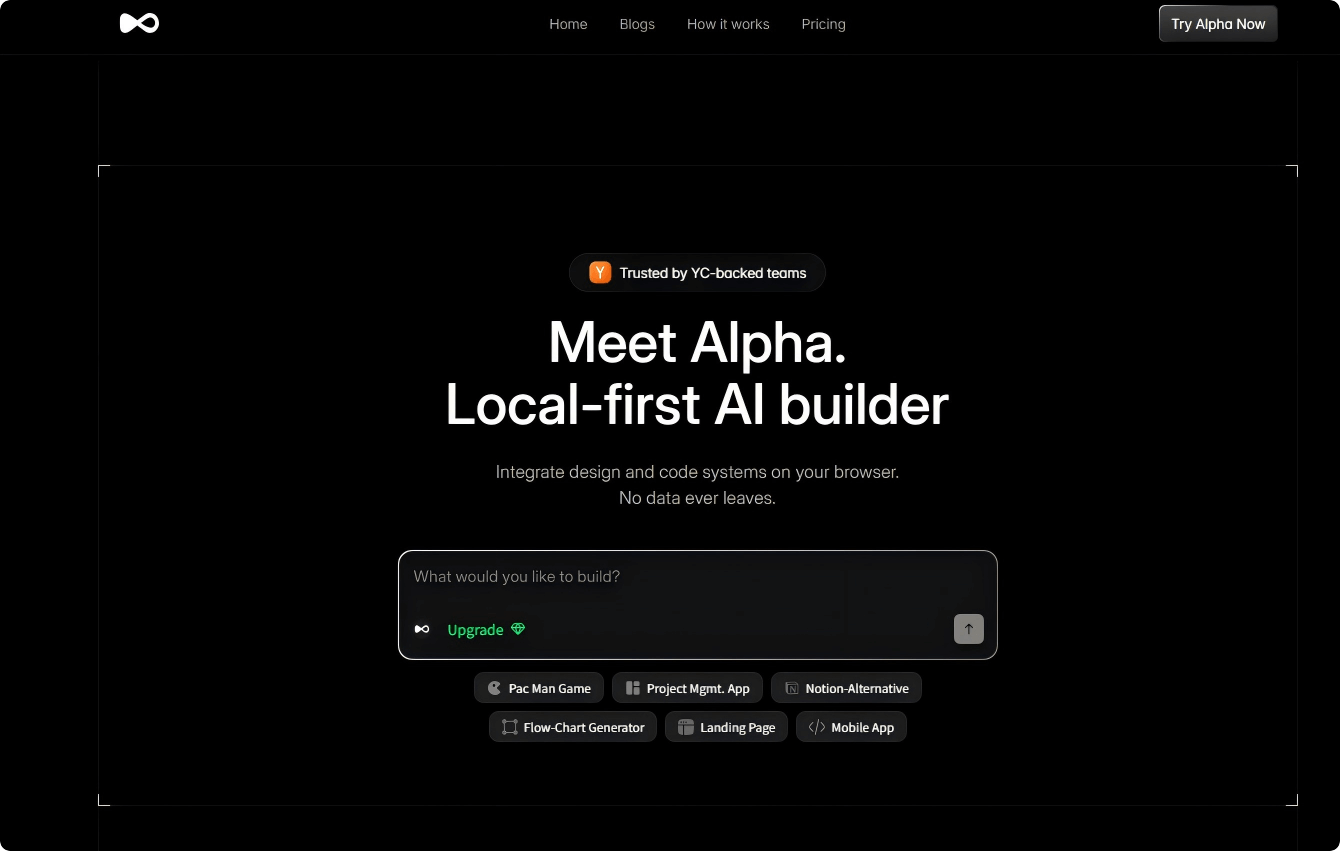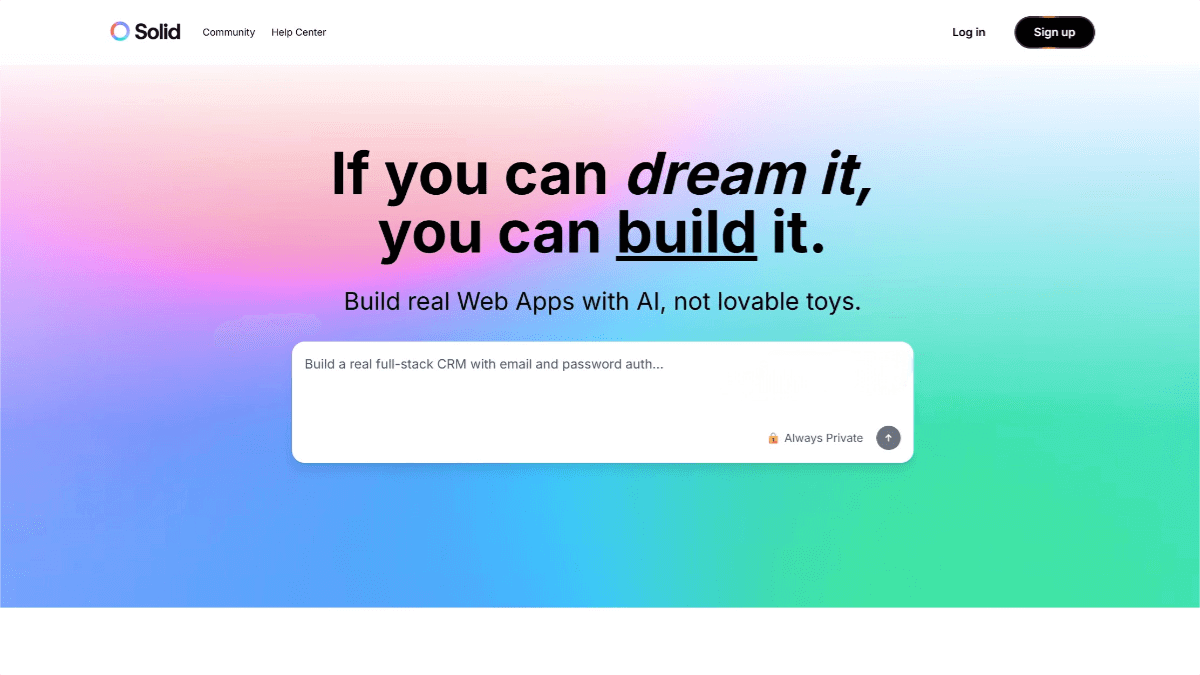OpenVision – A family of vision encoders open-sourced by the University of California
What is OpenVision?
OpenVision is a fully open, efficient, and flexible family of advanced vision encoders developed by the University of California, Santa Cruz (UCSC), with a strong focus on multimodal learning. It offers models ranging from 5.9M to 632.1M parameters, catering to diverse scenarios from edge devices to high-performance servers. OpenVision adopts a progressive multi-stage resolution training strategy, achieving 2–3× faster training efficiency than comparable proprietary models. It performs competitively on multimodal benchmarks, matching or exceeding models like OpenAI’s CLIP and SigLIP. OpenVision supports variable patch sizes of 8×8 and 16×16, providing adaptability for both detailed vision understanding and efficient processing.
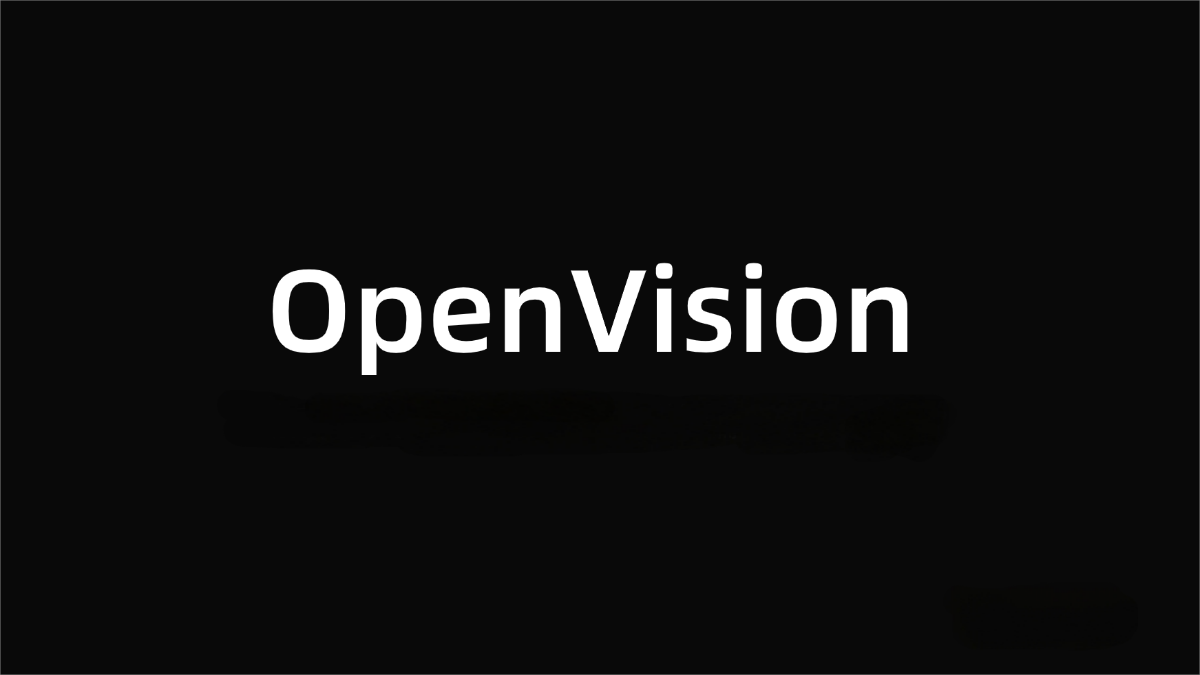
Key Features of OpenVision
-
Fully Open: Datasets, training recipes, and model checkpoints are publicly released under the Apache 2.0 license, promoting reproducibility and transparency in multimodal research.
-
Diverse Model Sizes: Offers 26 different vision encoders from 5.9M to 632.1M parameters, covering a broad spectrum from edge deployment to server-grade performance.
-
Outstanding Performance: Demonstrates competitive results on multimodal benchmarks, comparable to or outperforming proprietary vision encoders like CLIP and SigLIP.
-
High Training Efficiency: Utilizes a progressive multi-stage resolution training strategy, achieving 2–3× training speedups over proprietary counterparts.
-
Flexible Configuration: Supports variable patch sizes (8×8 and 16×16), enabling fine-grained vision understanding or computational efficiency as needed.
Technical Principles Behind OpenVision
-
Progressive Resolution Training: OpenVision trains models progressively from low to high resolutions (e.g., from 84×84 to 336×336 or 384×384). This significantly improves training efficiency without compromising downstream performance—2–3× faster than CLIP or SigLIP.
-
Vision Encoder Pretraining: Each encoder undergoes training across three resolution stages. For instance, Large, SoViT-400M, and Huge variants train at 84×84, 224×224, and finally at 336×336 or 384×384. After pretraining, only the vision backbone is retained, with text towers and decoders discarded.
-
Multimodal Learning Architecture: The architecture consists of a vision encoder and a text encoder. During training, image-text pairs are used for contrastive learning—maximizing similarity between matched pairs and minimizing it between mismatched ones.
-
Optimized for Lightweight Systems and Edge Computing: OpenVision can be paired with small language models to create low-parameter multimodal models for constrained environments.
Project Resources
-
Project Website: https://ucsc-vlaa.github.io/OpenVision/
-
GitHub Repository: https://github.com/UCSC-VLAA/OpenVision
-
HuggingFace Model Hub: https://huggingface.co/collections/UCSC-VLAA/openvision
-
arXiv Paper: https://arxiv.org/pdf/2505.04601
Application Scenarios for OpenVision
-
Multimodal Learning: Can be integrated into multimodal frameworks like LLaVA for tasks including image recognition, video analysis, and natural language processing.
-
Industrial Inspection: Its high-resolution sensors and powerful processing capabilities make it ideal for industrial use cases like defect detection and dimension measurement.
-
Robotic Vision: With high-performance image sensors and chips, OpenVision can equip robots with real-time visual perception for tasks like path planning and object recognition.
-
Autonomous Driving: Acts as an onboard visual system for autonomous vehicles, handling multi-camera input for environmental perception and decision-making.
-
Research & Education: As an open-source project, OpenVision is an ideal platform for academic institutions and researchers conducting studies in visual computing.
Related Posts

